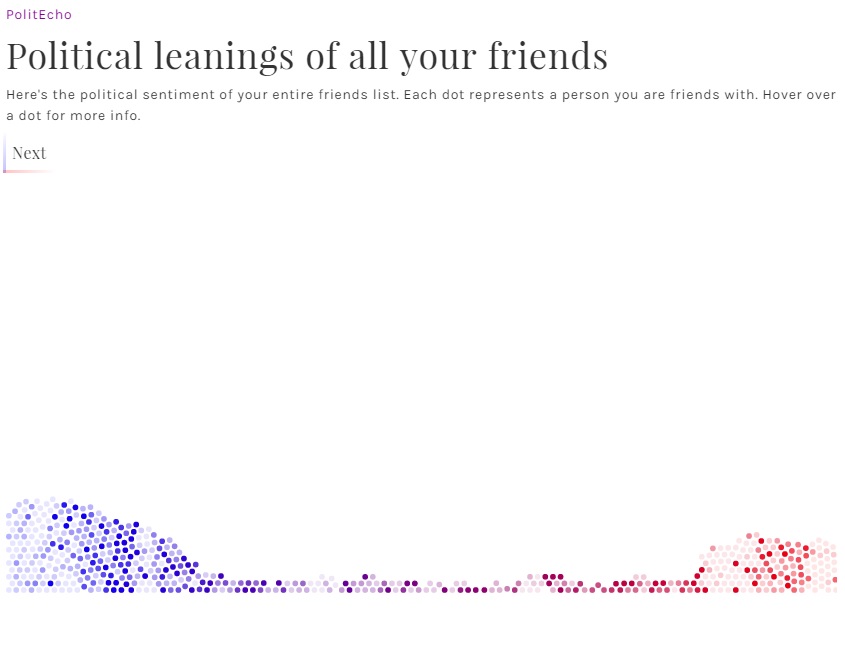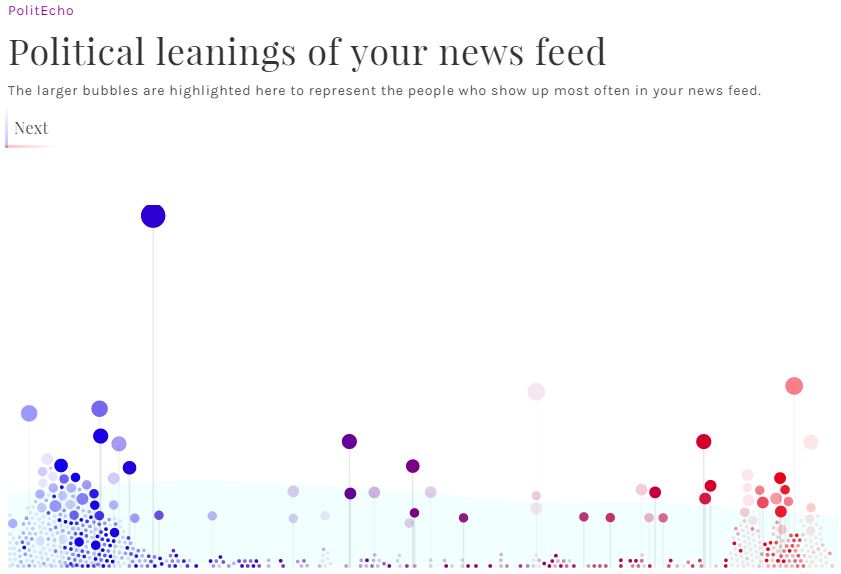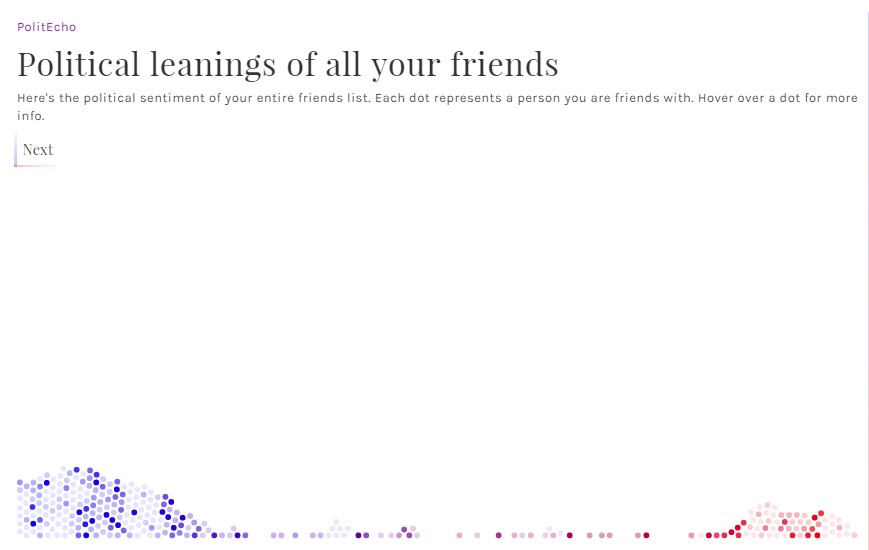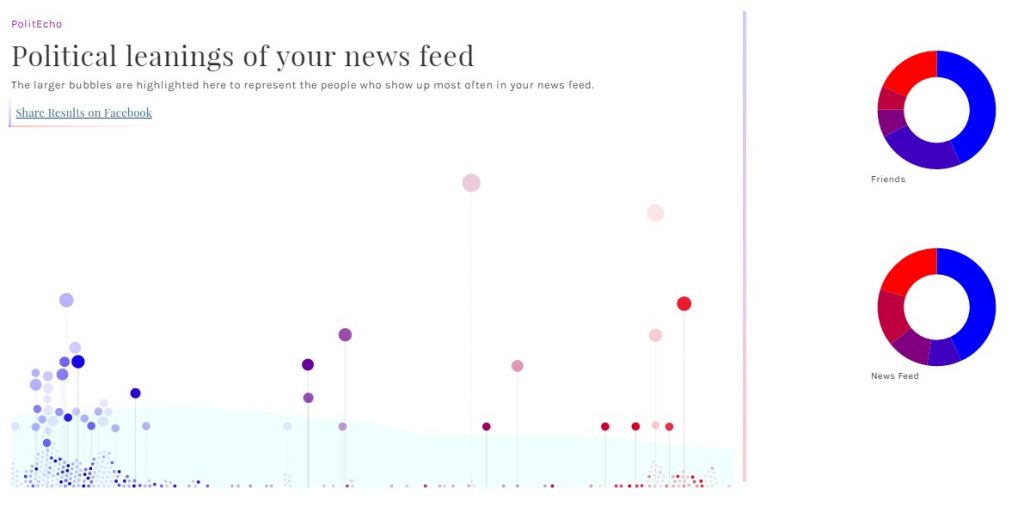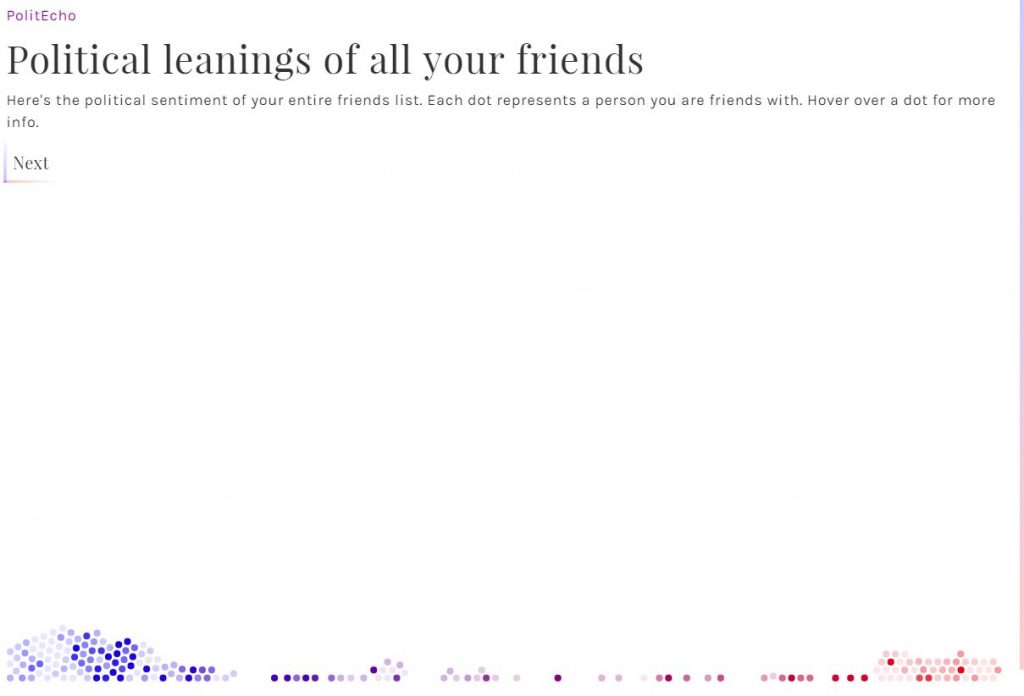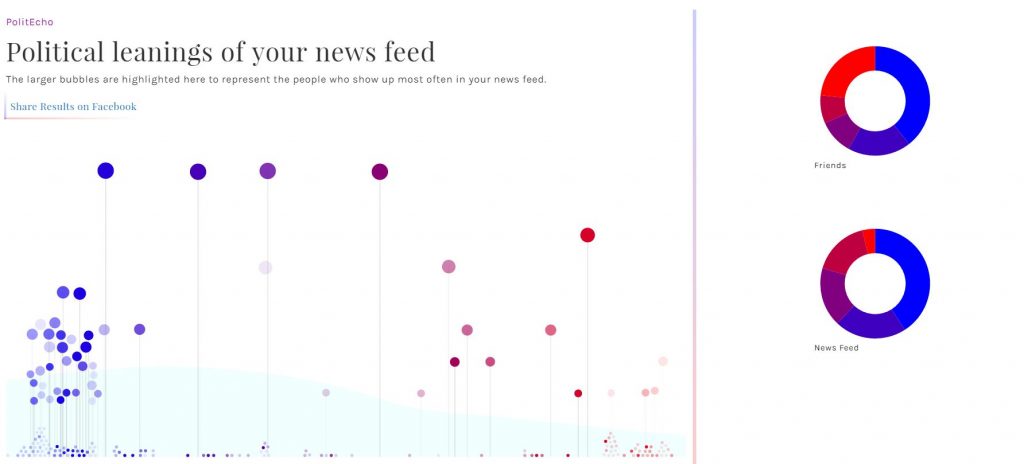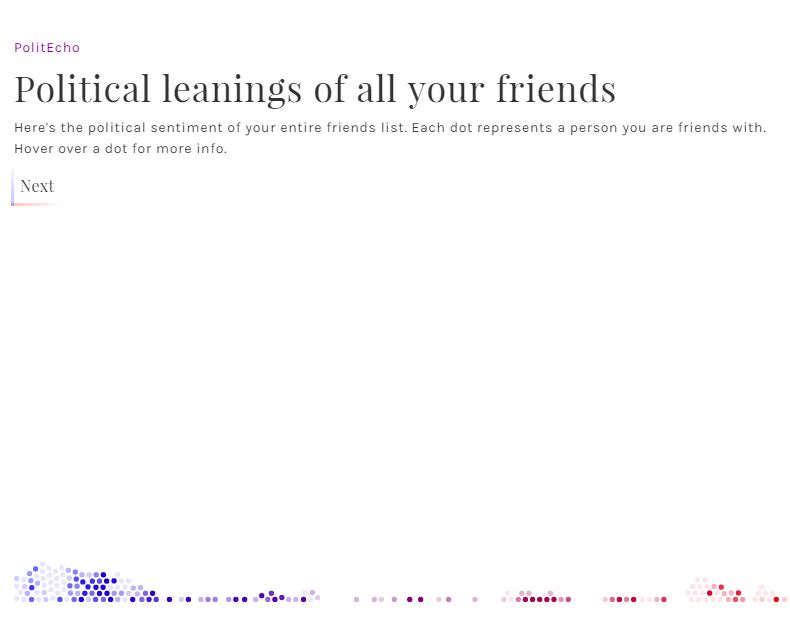
Science writer Ronald Bailey has a brief write-up on some of the research regarding nuclear power and health outcomes:
A 2015 recent analysis by Israeli researcher Yehoshua Socol in the journal Dose-Reponse reconsiders the health consequences of the the Chernobyl accident. Socol argues that using even the most conservative linear no-threshold hypothesis to calculate cancer risk cannot distinguish any increase above normal background rates of cancer incidence and mortality. Assume 50,000 cancer deaths would result from Chernobyl’s radiation. Socol notes, assuming current mortality rates, that over the next 50 years some 50 million people (plus or minus 2.5 million) will die of cancer in developed countries. Given the annual uncertainty of 50,000 deaths per year, it would be impossible to detect what number, if any, of those deaths can be attributed to exposures to Chernobyl.
Socol concludes that “unlike the widespread myths and misperceptions, there is little scientific evidence for carcinogenic, mutagenic or other detrimental health effects caused by the radiation in the Chernobyl-affected area, besides the acute effects and small number of thyroid cancers. On the other hand, it should be stressed that the above-mentioned myths and misperceptions about the threat of radiation caused, by themselves, enormous human suffering.”
A fascinating December 2015 study by European researchers in the Journal of Geophysical Research-Atmospheres asked what would the health consequences to Europe if the continent had closed all of its nuclear power plants and switched to coal-fired generation between 2005 and 2009? They calculated that there would have been an increase of around 100,000 premature deaths annually owing to increased air pollution (most of them due to cardiopulmonary illnesses). If these calculations are correct, the number of deaths attributable to coal would have been three times higher than even the worst-case Chernobyl cancer scenario being pushed by activists. If the WHO’s estimates are right, coal kills at more than 1,000 times the rate of Chernobyl radiation.
Chernobyl was bad enough, but exaggerating its effects to further an unscientific campaign against nuclear power is ethically sleazy and may have the unintended consequence of killing more people than the activists claim they want to save.
There’s Hollywood, then there’s reality.
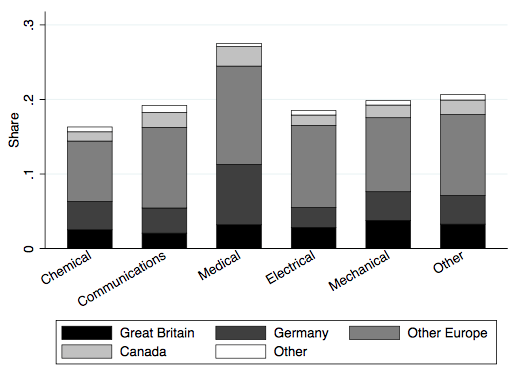

 According to
According to 

